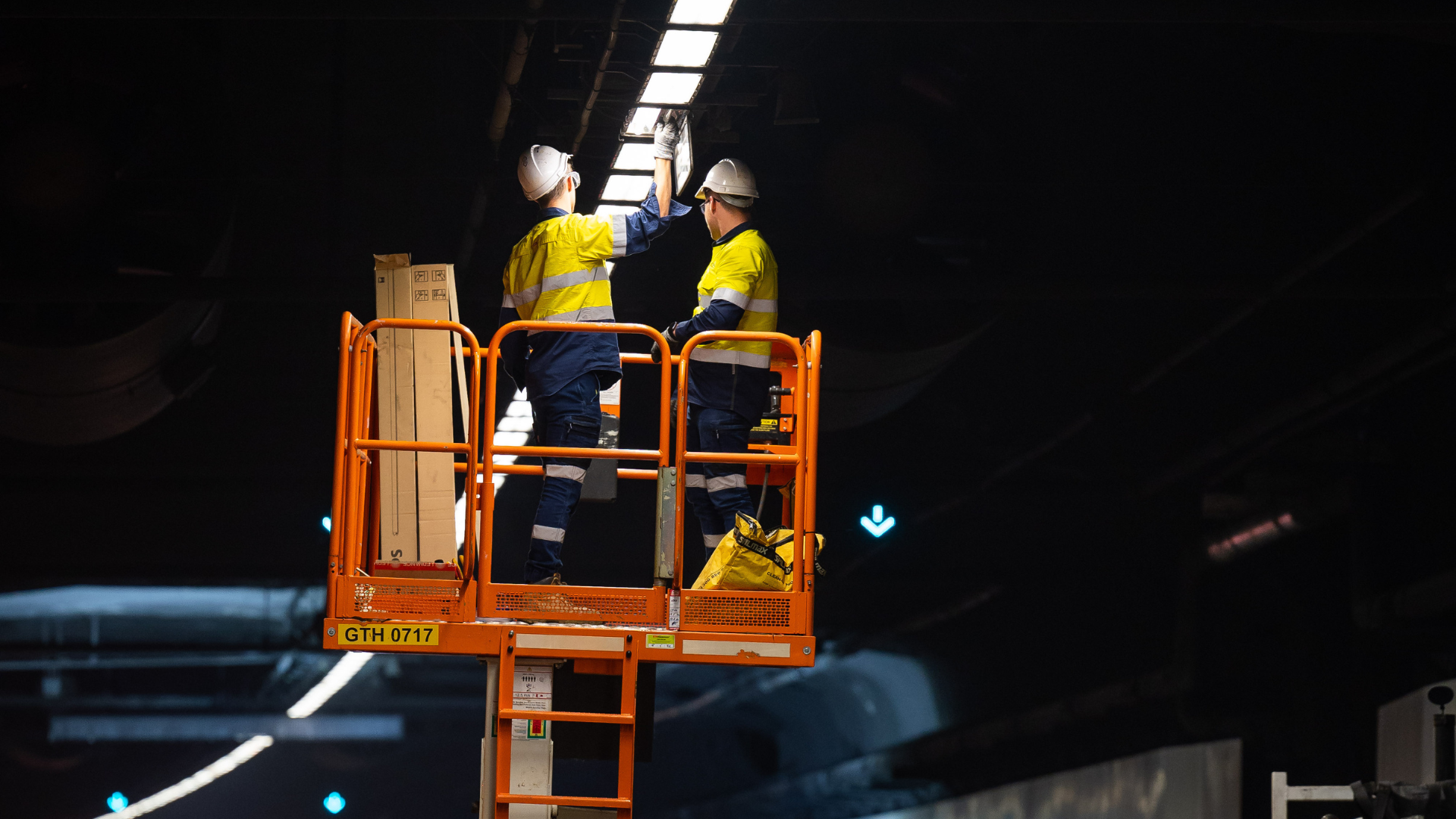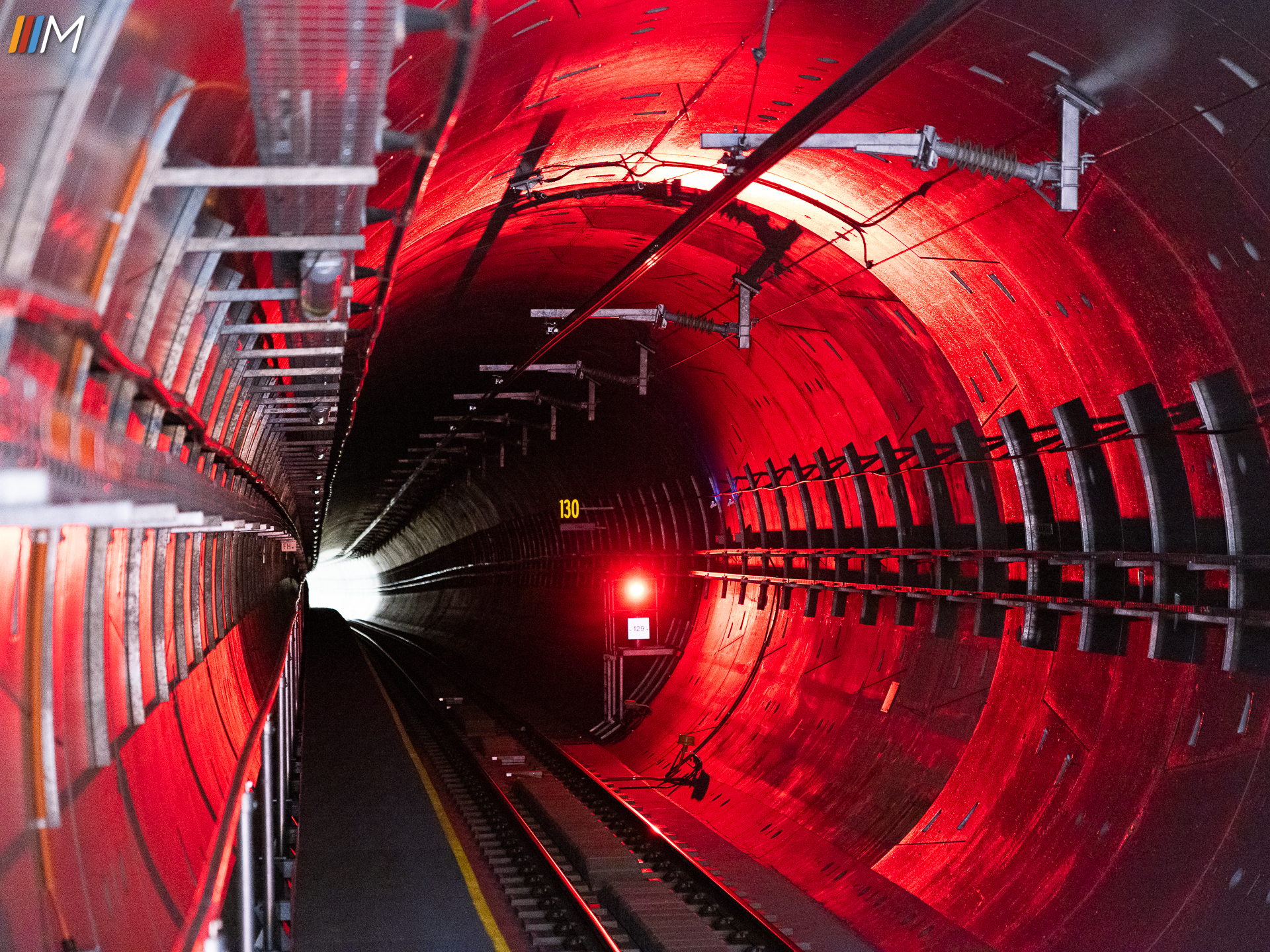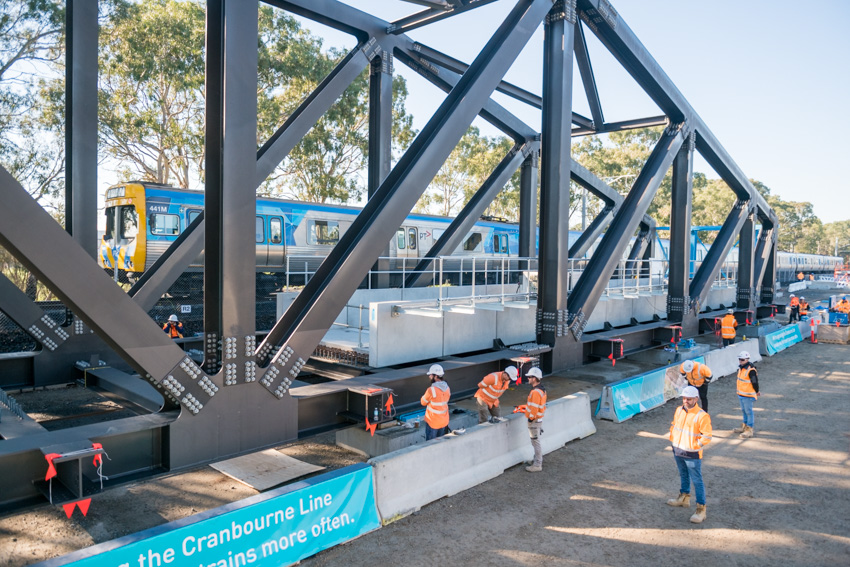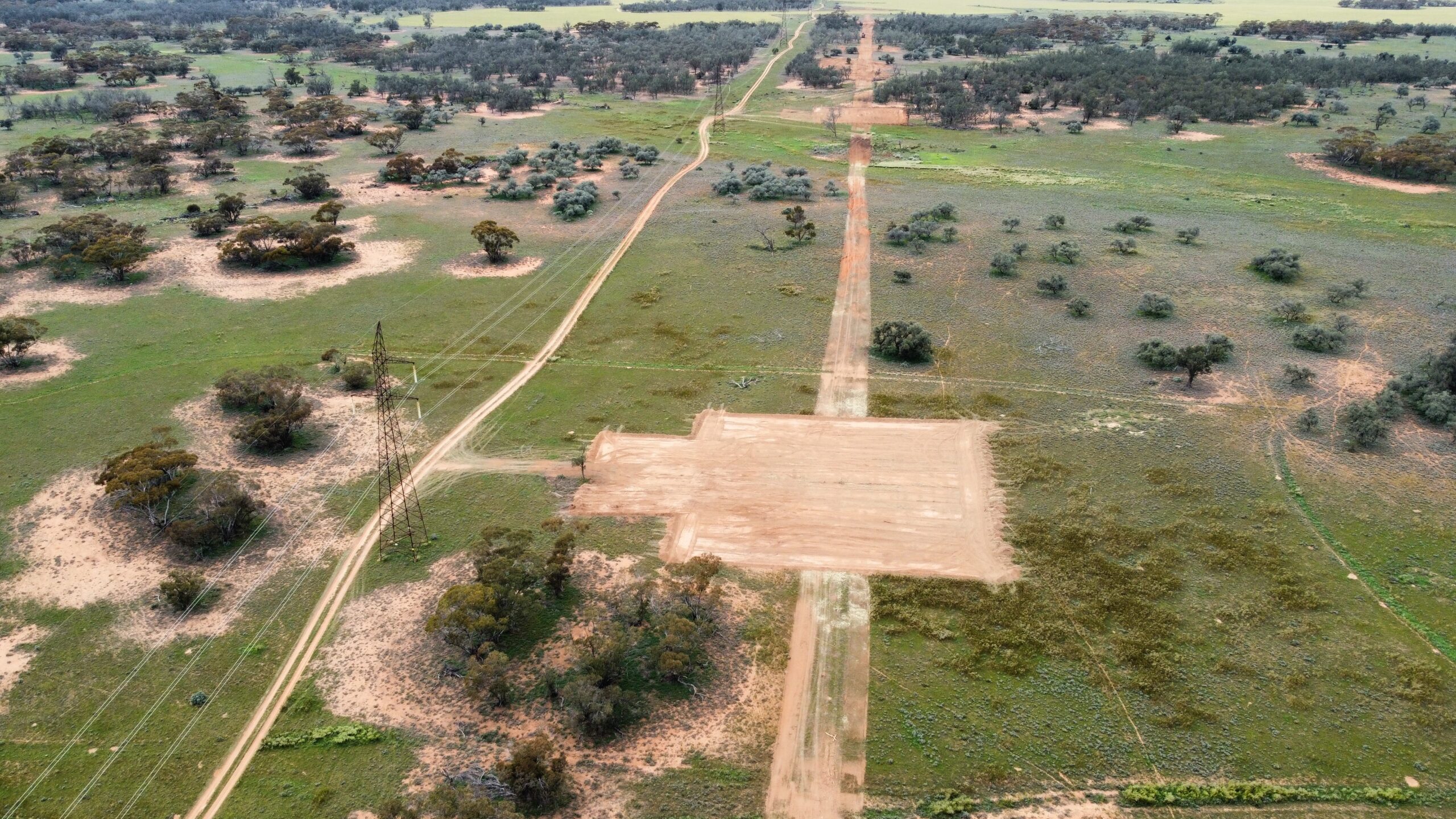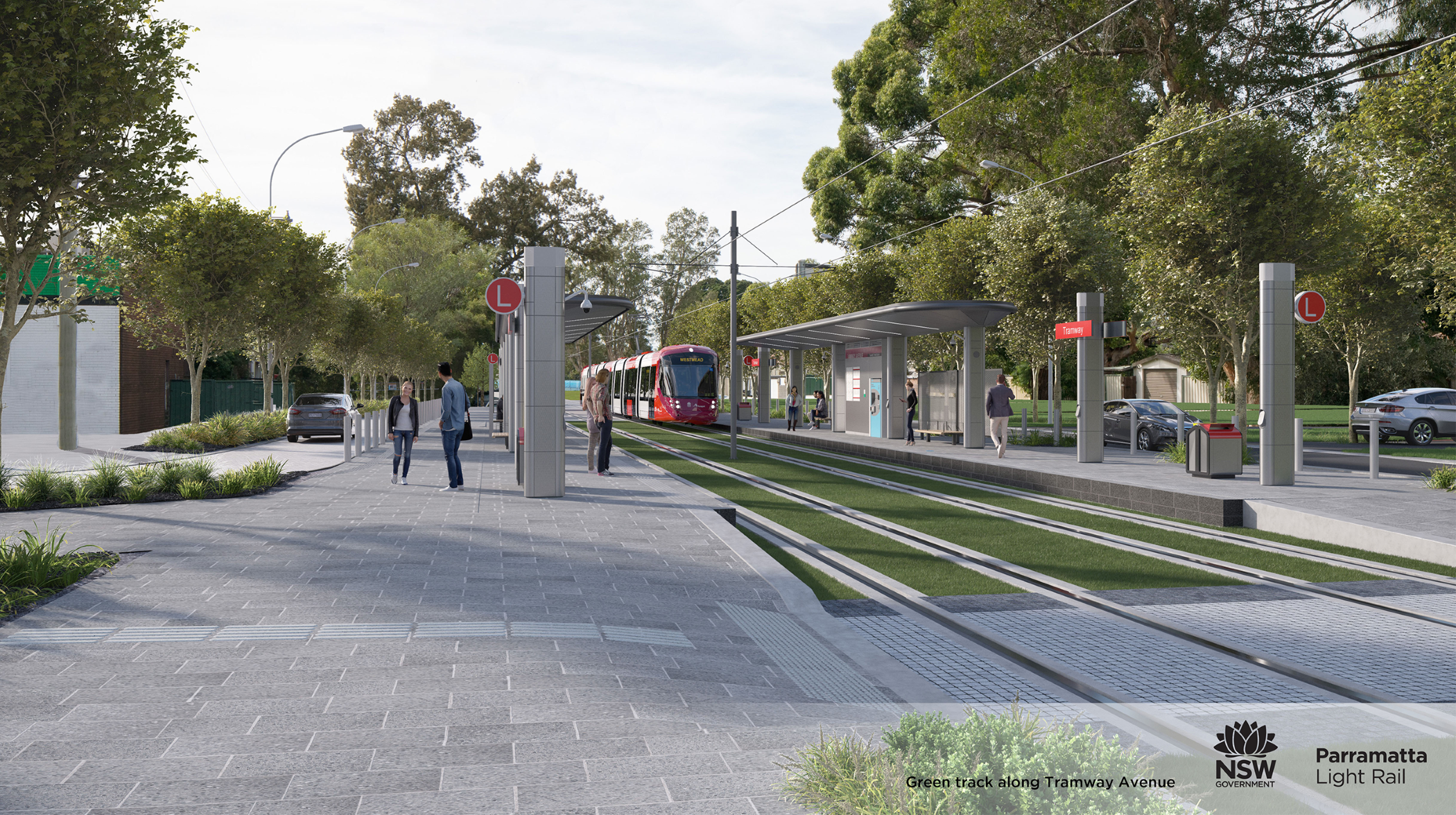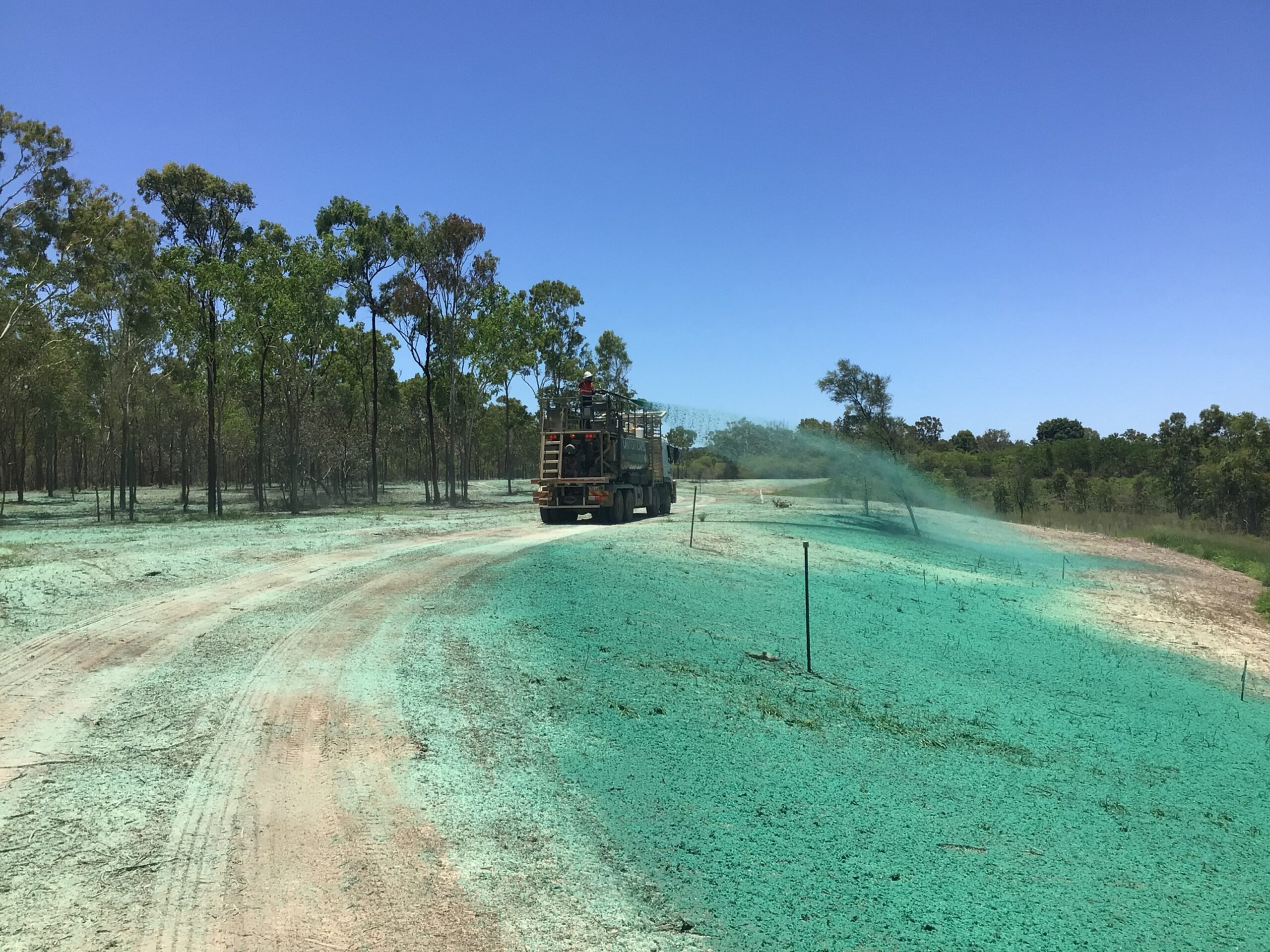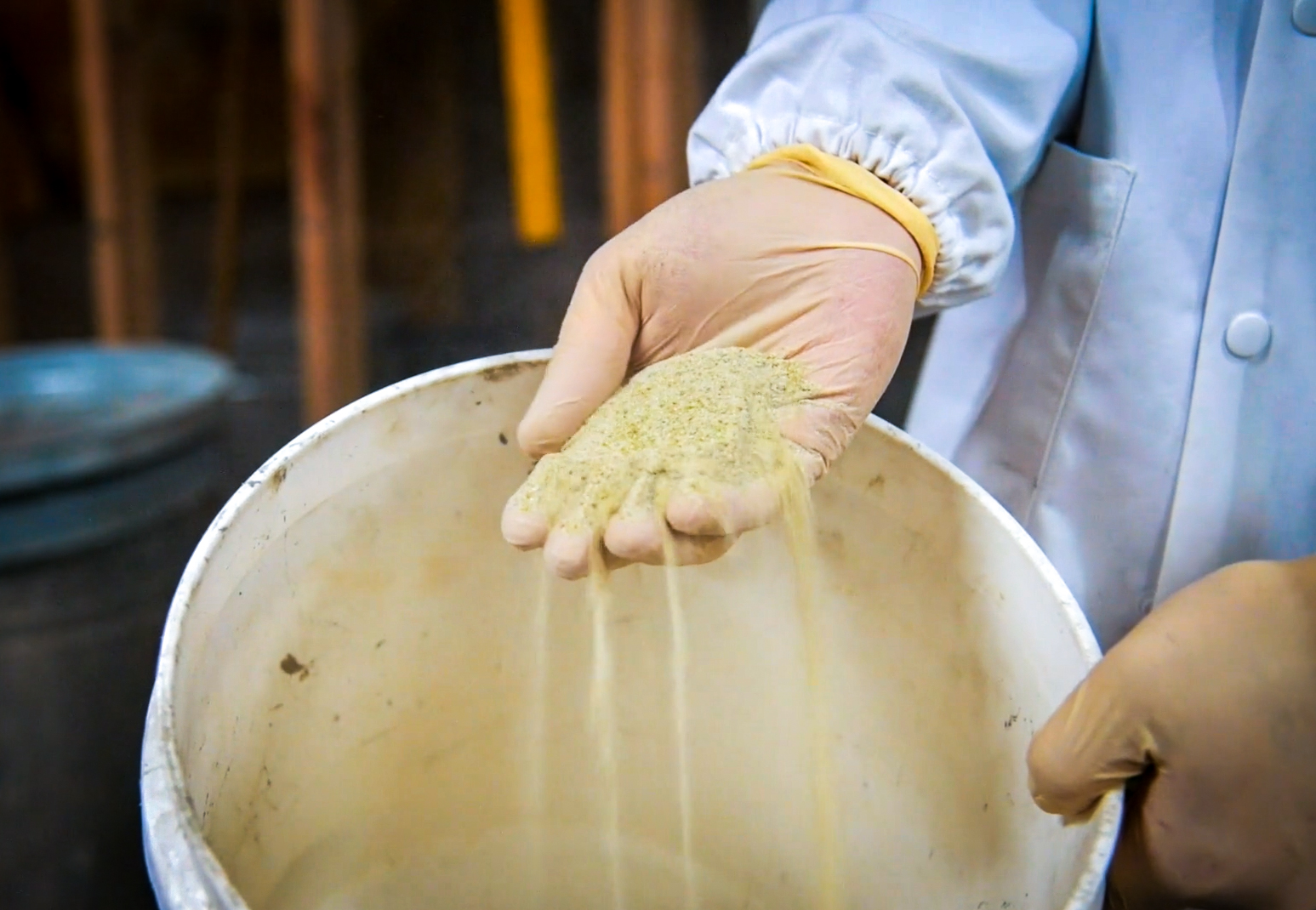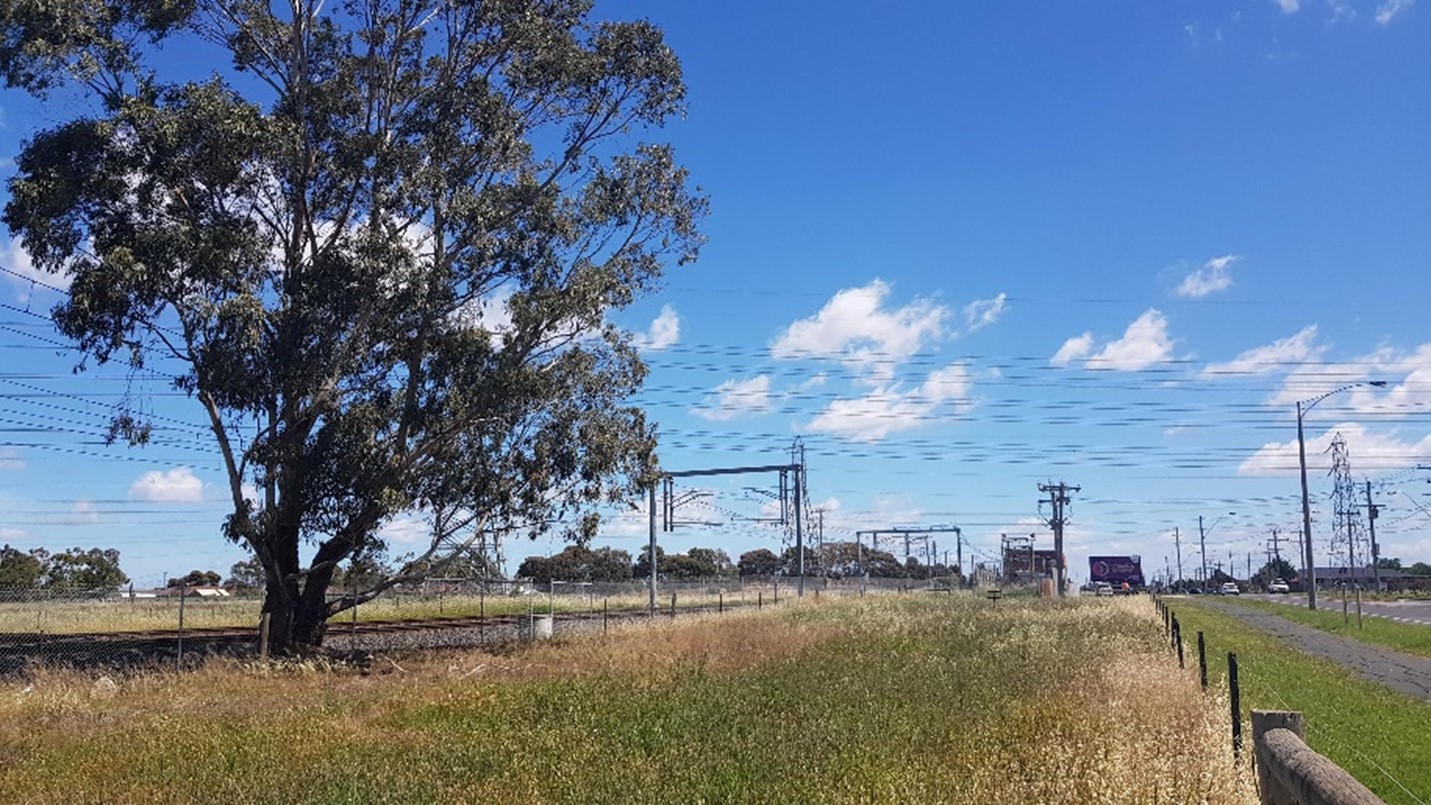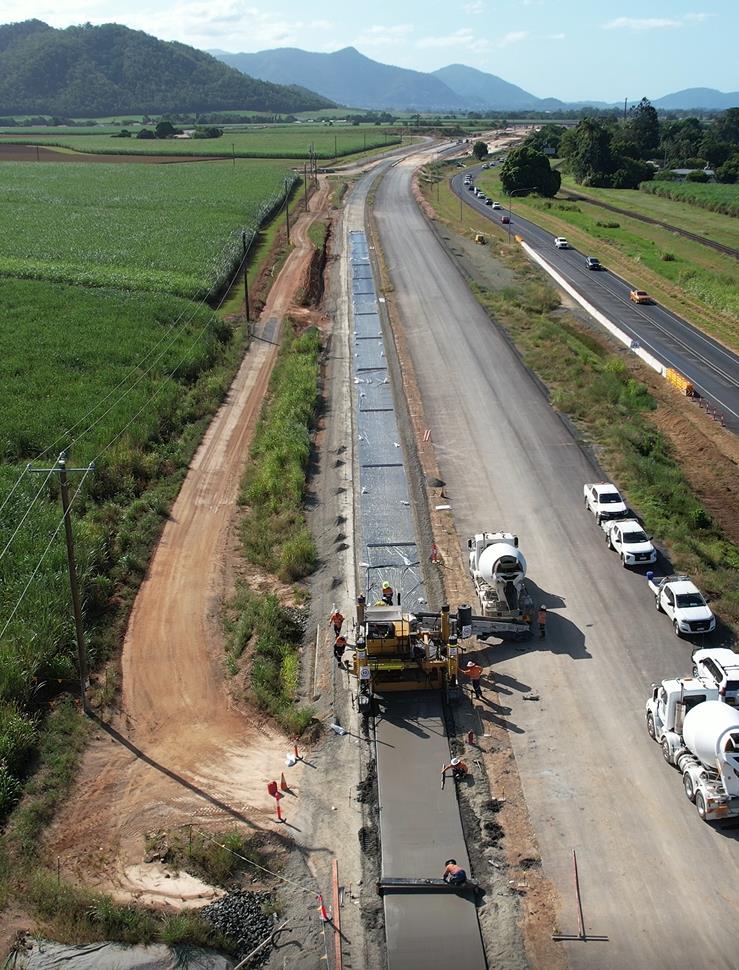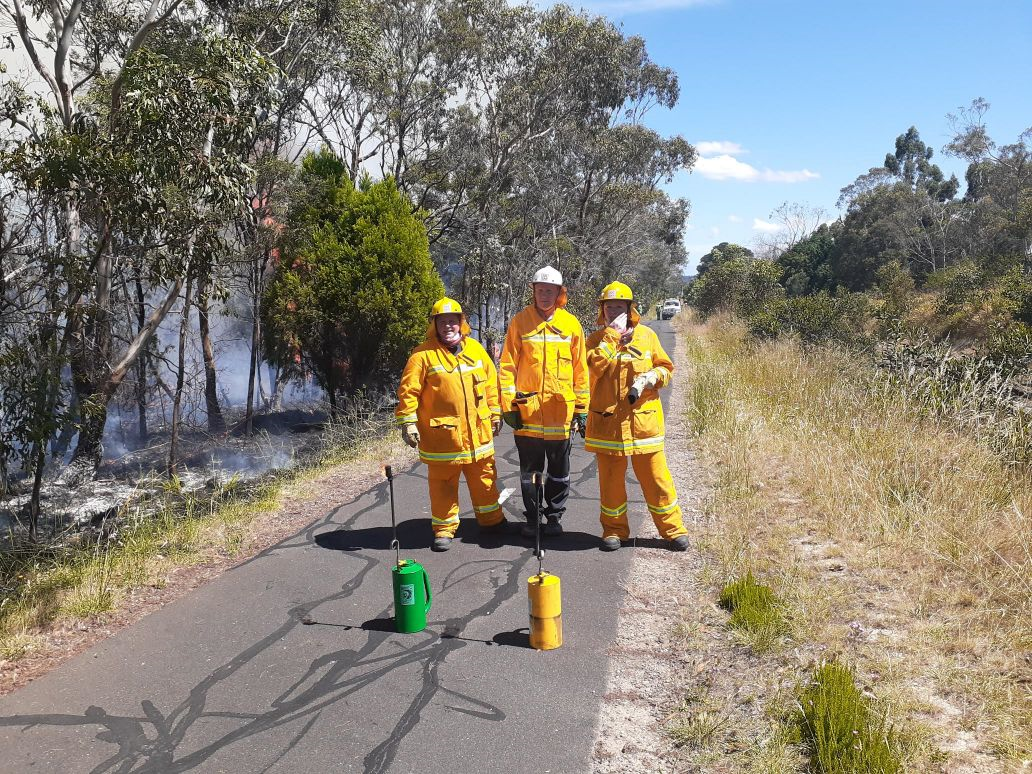Describe WHAT you have done and HOW you have done it.
Transurban and Ventia embarked on a collaborative sustainability initiative to achieve environmental outcomes at the Hills M2 Motorway. Through innovative solutions and best practices, they aimed to reduce greenhouse gas emissions, divert waste from landfill, and enhance biodiversity.
To reduce greenhouse gas emissions, Transurban and Ventia took a holistic approach. Adopting energy-efficient technologies, such as LED lighting and efficient HVAC systems, throughout the motorway infrastructure. Additionally, they promoted fuel-efficient driving practices among motorists using the motorway, including public awareness campaigns and educational initiatives. Integration of renewable energy sources, such as solar panels and wind turbines, was explored at suitable locations along the motorway.
In waste management, Transurban and Ventia implemented strategies to divert waste from landfill. They established partnerships with waste management companies and recycling facilities to ensure proper sorting and recycling of waste generated by the motorway’s operations and maintenance activities. Robust waste management systems were implemented, including waste separation and recycling bins, to encourage responsible waste disposal practices.
To enhance biodiversity, Transurban and Ventia undertook roadside vegetation rehabilitation and management activities. This involved the identification and removal of invasive plant species and the re-establishment of native vegetation. The project team worked closely with environmental experts to select appropriate plant species, ensuring the restoration of diverse and ecologically valuable habitats. Ongoing maintenance and monitoring were implemented to ensure the long-term success of the biodiversity enhancement initiatives.
What were the OUTCOMES and how were those outcomes shared?
The sustainability initiatives of Transurban and Ventia at the Hills M2 Motorway have yielded significant outcomes in reducing environmental impact and enhancing sustainability. These outcomes were shared through various channels to promote transparency, best practices, and knowledge exchange within the industry.
Key Environmental outcomes summary:
• Achieved the highest IS rating in the industry of 69
• 48% GHG emissions reduction over the asset’s lifetime, compared to base case—from 72,967 t-CO2-e (base) to 37,895 t-CO2-e (actual)
• 97.6% of operations and maintenance waste and 63% of office waste diverted from landfill
• generated biodiversity value via roadside vegetation rehabilitation and management activities
• enhanced customer travel via a program promoting safer driving
• Deployment of innovative maintenance driver behaviour and fuel efficiency program
GHG Emissions
Through the implementation of energy-efficient technologies and the promotion of fuel-efficient driving practices, Transurban and Ventia achieved a remarkable 48% reduction in greenhouse gas emissions over the motorway’s lifetime compared to the base case scenario. These outcomes were shared through annual sustainability reports, industry conferences, and workshops focused on sustainable transportation. Transurban and Ventia actively engaged with the industry stakeholders, including government agencies, environmental organisations, along with launching Australia first fully electric incident response vehicle.
Waste Management
In waste management, the partnership achieved exceptional outcomes in waste diversion from landfill. Close to 100% of operations and maintenance waste generated by the motorway and a significant portion of office waste were diverted through comprehensive waste management practices. The outcomes were shared through case studies, webinars, and workshops highlighting successful waste management strategies. Transurban and Ventia actively collaborated with waste management companies, sharing their experiences and best practices in waste diversion. They also provided guidance and support to other toll-road operators and infrastructure organisations to replicate their waste management successes.
Enhancement of biodiversity
A crucial aspect, through roadside vegetation rehabilitation and management, Transurban and Ventia successfully created valuable habitats and contributed to the preservation of local ecosystems. The outcomes were shared through collaboration with environmental organisations, participation in biodiversity conferences, and knowledge-sharing platforms. They documented their experiences and lessons learned in scientific publications, industry journals, and online platforms. Transurban and Ventia actively engaged with ecologists, environmental experts, and conservationists to exchange knowledge and promote the importance of biodiversity conservation in infrastructure projects.
Describe WHO benefited from your initiative, innovation, or approach?
The sustainability initiative of Transurban and Ventia at the Hills M2 Motorway has benefitted various stakeholders and communities.
Motorway users and commuters have directly benefited from the promotion of fuel-efficient driving practices, which not only contribute to reducing greenhouse gas emissions but also lead to cost savings for individuals. Safer driving programs have enhanced customer travel experiences, ensuring a safer road environment and reducing the risk of accidents.
Local communities surrounding the motorway have experienced the positive outcomes of the biodiversity enhancement initiatives. The restoration of native vegetation has contributed to the preservation of local ecosystems, supporting wildlife populations and enhancing the overall ecological balance in the area.
The environment and the broader community have benefited from the reduction in greenhouse gas emissions and waste diversion practices. By minimising their environmental footprint, Transurban and Ventia have contributed to mitigating climate change and preserving natural resources.
Government agencies and policymakers have benefited from the outcomes by gaining insights into effective sustainability strategies for infrastructure projects. The initiatives of Transurban and Ventia provide valuable examples and best practices that can inform future policy development and decision-making processes.
Industry stakeholders, including toll-road operators, infrastructure organizations, and waste management companies, have gained knowledge and inspiration from the outcomes achieved at the Hills M2 Motorway. The sharing of outcomes and best practices has encouraged the adoption of sustainable approaches in their own operations, leading to broader industry-wide improvements in environmental performance.
What LEGACY and UN SDG CONTRIBUTION was achieved?
Our sustainability initiatives at the Hills M2 Motorway has left a lasting legacy and made significant contributions to the United Nations Sustainable Development Goals (SDGs).
Our Legacy
Transurban and Ventia have established new industry standards and best practices for sustainable motorway management. Their comprehensive approach to reducing greenhouse gas emissions, waste diversion, and biodiversity enhancement sets a benchmark for infrastructure projects. Their successful outcomes and knowledge-sharing efforts have inspired other industry players to adopt similar practices, ensuring a long-lasting legacy of sustainability in asset management.
UN SDGs
Transurban and Ventia’s have made notable contributions across multiple goals.
Goal 13: Climate Action by mitigating climate change impacts.
The reduction in greenhouse gas emissions directly supports Goal 13: Climate Action by mitigating climate change impacts. By adopting energy-efficient technologies and promoting fuel-efficient driving practices, they have demonstrated a commitment to decarbonization and transitioning to a low-carbon future.
Goal 12: Responsible Consumption and Production.
The waste diversion practices contributes by diverting waste from landfill and promoting circular economy principles, Transurban and Ventia have reduced resource consumption and minimized the environmental impact associated with waste generation. They have set an example for responsible waste management practices, encouraging other organizations to adopt similar approaches.
Goal 15: Life on Land
The biodiversity enhancement by rehabilitating roadside vegetation and creating habitats for native flora and fauna, Transurban and Ventia have contributed to the preservation and restoration of local ecosystems. Their efforts promote the importance of biodiversity conservation in infrastructure projects, supporting the overall conservation of terrestrial ecosystems and the protection of biodiversity.
Goal 17: Partnerships for the Goals.
Working together by knowledge-sharing activities and collaboration with stakeholders contribute to Goal 17: Partnerships for the Goals. By actively engaging with industry organisations, government agencies, and environmental groups, they have fostered partnerships and knowledge exchange, promoting the adoption of sustainable practices and strengthening collaboration towards achieving the SDGs.
The Hills M2 Motorway and Lane Cover Tunel has established a legacy of sustainability, through significant contributions to the UN SDGs, and inspired positive change within the industry. By using advanced asset management principles outcomes were possible in emissions reduction, waste diversion, and biodiversity enhancement reflect their commitment to environmental stewardship and provide a roadmap for future infrastructure projects.

